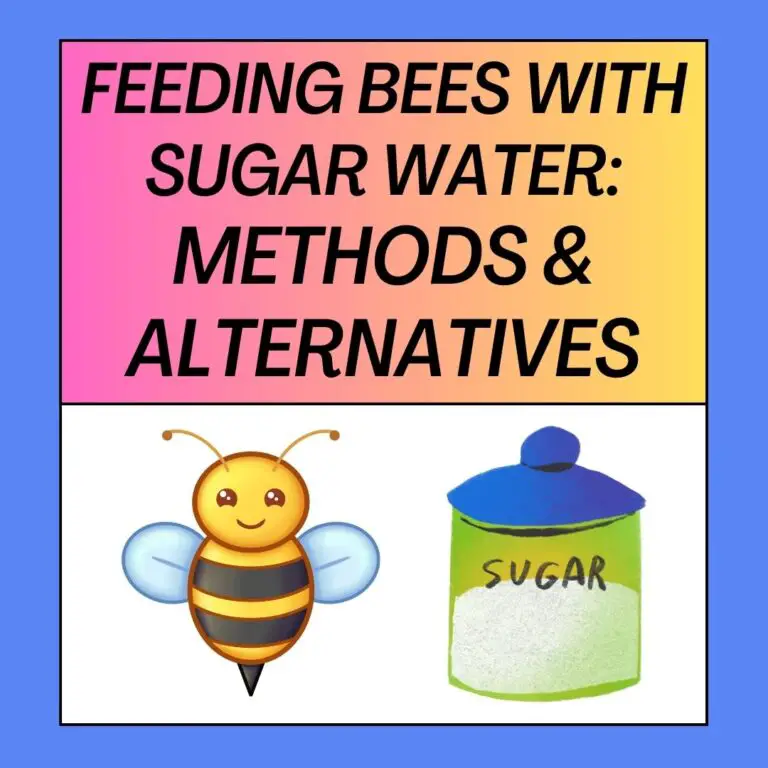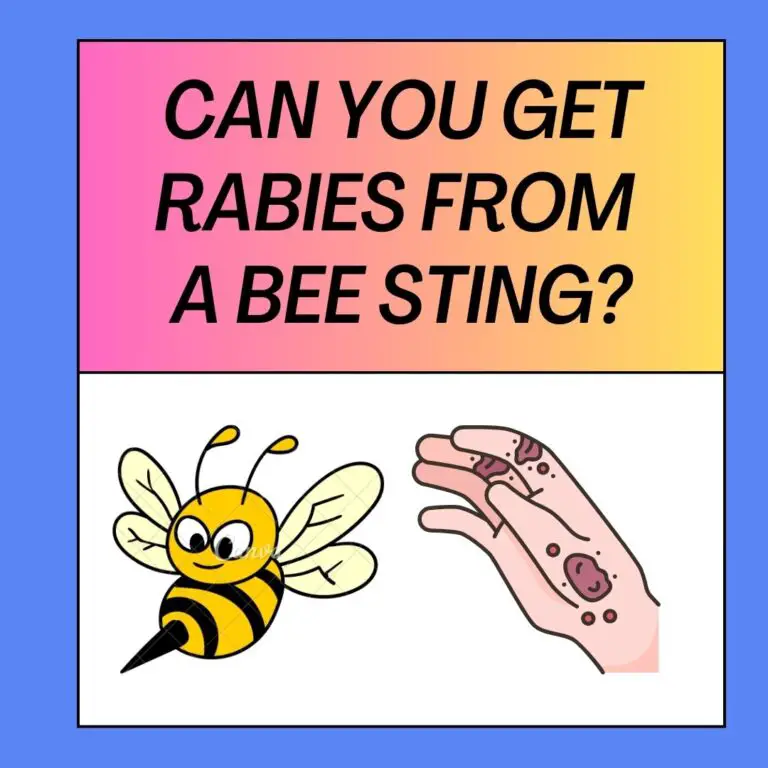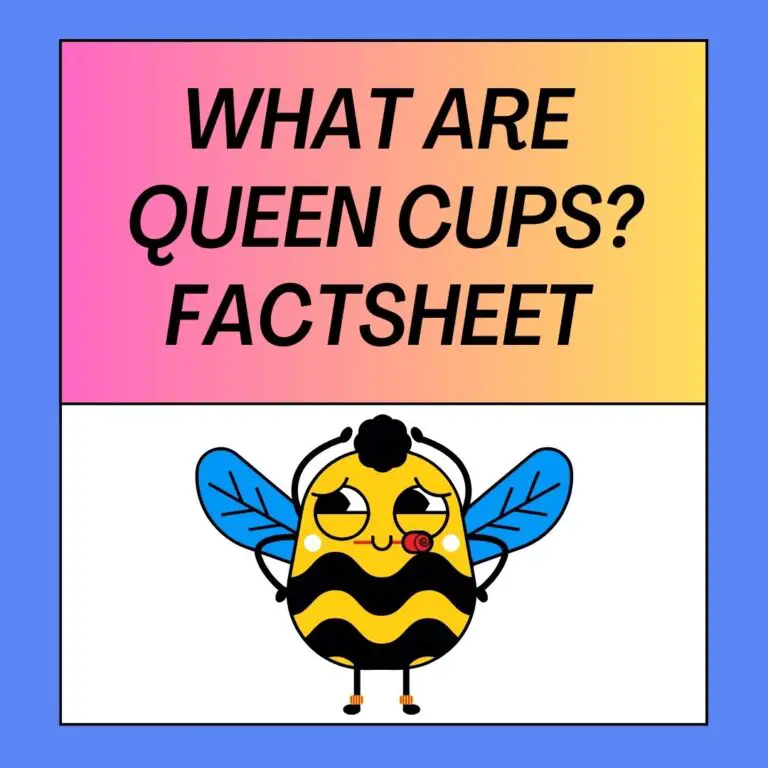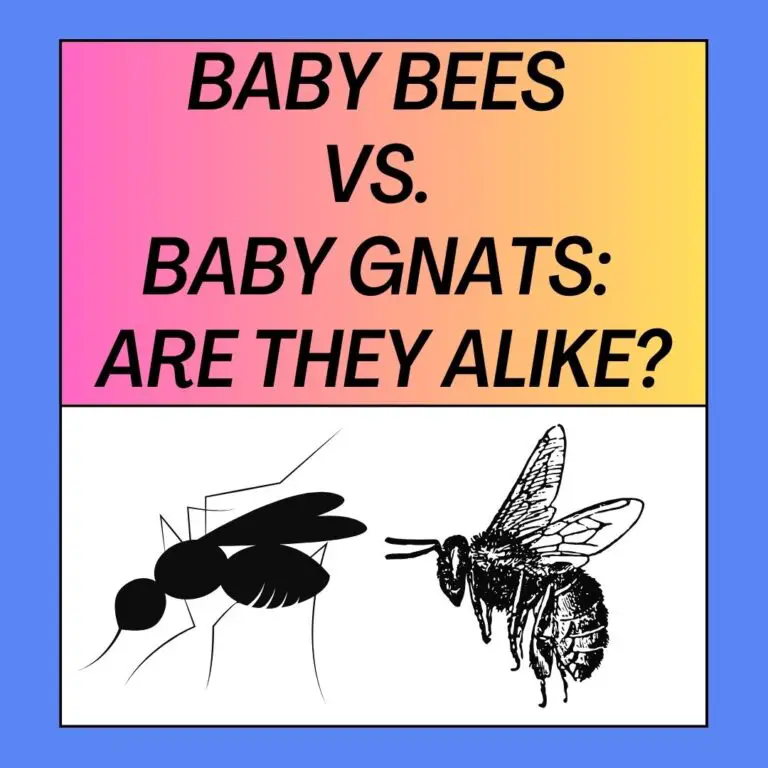
Black and white bees are commonly known as carpenter bees (Xylocopa species). These bees are intriguing insects with distinctive black-and-white coloration, making them easily recognizable. However, it’s important to note that not all carpenter bees are black and white; some species may have variations in coloration, but they typically exhibit a mix of these two contrasting colors.
Carpenter Bees: Identification and Characteristics
Carpenter bees are large, robust bees belonging to the Xylocopa genus. They are solitary bees, meaning they do not form colonies like honeybees or bumblebees. These bees are often found in various parts of the world and are known for their unique nesting habits.
-
Physical Characteristics:
- Coloration: The most prominent feature of black and white bees is their contrasting color pattern. They typically have a predominantly black body with distinct white markings. These markings can appear in various patterns, such as stripes, bands, or spots, depending on the species.
- Size: The size of black and white bees can also vary, but they are generally similar in size to other bee species. They typically range from a fraction of an inch to around an inch in length.
- Wing Structure: Like all bees, they have two pairs of wings and six legs. Their wings may be transparent or have a smoky appearance.
-
Notable Species:
- Eastern Carpenter Bee (Xylocopa virginica): These large, solitary bees are known for their striking black bodies with a metallic blue-black sheen. They have distinctive white markings on their faces and may have white bands on their abdomens. Eastern carpenter bees are important pollinators.
- European Wool Carder Bee (Anthidium manicatum): Originating from Europe, these bees are known for their striking appearance. They are covered in dense white hairs and have yellow markings. The males of this species are particularly territorial.
- Great Black Wasp (Sphex pensylvanicus): While primarily black, these solitary wasps have striking white patches on their wings, making them stand out. They are known for their hunting behavior and capture prey to feed their offspring.
Behavior and Life Cycle
Black and white bees exhibit a range of behaviors and life cycle patterns, depending on the species. Here are some common aspects of their behavior:
- Foraging Behavior: Like other bees, black and white bees are primarily nectar and pollen feeders. They play a crucial role in pollinating a variety of flowering plants. Many species have specialized adaptations for collecting pollen and nectar efficiently.
- Nesting and Reproduction: Nesting habits can vary among different species of black and white bees. Some are solitary bees, meaning that each female bee creates her own nest, typically in pre-existing cavities like hollow plant stems or abandoned burrows. Others may be social bees, living in colonies with a division of labor among colony members, including queens, workers, and drones.
- Life Cycle: Black and white bees, like other bee species, undergo complete metamorphosis, consisting of egg, larval, pupal, and adult stages. The duration of each stage varies among species.
Habitat and Distribution
Black and white bees can be found in a variety of habitats, and their distribution is influenced by factors such as climate, available forage plants, and nesting sites. Here are some insights into their habitat preferences and global distribution:
- Global Range: These bees are distributed across different regions of the world, with some species being more widespread than others. Their presence can be observed on nearly every continent, with the exception of Antarctica.
- Preferred Habitats: The specific habitats that black and white bees inhabit can vary. Some prefer urban environments with access to gardens and flowering ornamental plants, while others thrive in natural ecosystems such as grasslands, woodlands, and meadows. Solitary bees may choose nesting sites in dead wood or other sheltered locations.
Ecological Significance
Black and white bees, like all bee species, play a crucial role in ecosystems and provide valuable ecological services:
- Pollination Services: Bees are essential pollinators of numerous plant species, including many that are important for agriculture. Black and white bees contribute to the pollination of various crops and native plants.
- Interactions with Plants and Other Species: Bees have coevolved with flowering plants, forming intricate relationships. Some plant species rely exclusively on certain bee species for pollination. Additionally, black and white bees interact with predators, parasites, and competitors in their ecosystems, contributing to the complex web of ecological relationships.
Challenges Facing Black and White Bees
Black and white bees, like many bee species, face several challenges that threaten their populations:
- Habitat Loss and Fragmentation: Urbanization, agriculture, and land development lead to the destruction and fragmentation of natural habitats. This reduces the availability of suitable nesting sites and forage plants for bees.
- Pesticide Exposure: Pesticides, particularly neonicotinoids, can have detrimental effects on bee health. Exposure to these chemicals can weaken bees, impair their foraging abilities, and lead to colony declines.
- Climate Change Effects: Altered weather patterns and temperature changes associated with climate change can disrupt the timing of flowering plants and the emergence of bees
Do Carpenter Bees Sting?
Carpenter bees are not generally aggressive insects and are not known to be particularly defensive of their nests. The males are often more territorial and may display aggressive behaviors to protect their nesting sites but do not possess a stinger. On the other hand, the females have stingers but are less likely to use them unless provoked or directly threatened.
Stinging Behavior: Female carpenter bees may sting if threatened, but they are not likely to sting without being provoked. They are more interested in foraging for nectar and pollen to feed their offspring than in engaging with humans or other animals.
Defensive Measures: If you encounter a carpenter bee near its nesting site, it’s essential to remain calm and avoid sudden movements. While they may approach out of curiosity or to protect their nest, they are unlikely to sting unless they perceive a significant threat. Unlike social bees, carpenter bees do not have a colony to defend, so their stinging behavior is usually reserved for self-defense.

Encouraging Coexistence with Carpenter Bees
Carpenter bees are valuable pollinators that play an essential role in plant reproduction. Rather than trying to eliminate them, it’s possible to coexist with these fascinating insects and protect your property from excessive damage.
Nesting Sites: To discourage carpenter bees from nesting in structures, consider providing them with alternative nesting options. Erect bee hotels or provide blocks of untreated wood with pre-drilled holes as suitable nesting spots.
Wood Maintenance: Regularly inspect and maintain wooden structures on your property to identify any early signs of carpenter bee activity. Promptly seal and repair any holes to prevent further nesting.
Planting Choices: Include a variety of flowering plants in your garden to attract carpenter bees and provide them with a diverse and abundant source of nectar and pollen.
Avoiding Chemicals: Refrain from using chemical insecticides or pesticides near flowering plants, as these can harm carpenter bees and other essential pollinators.
Carpenter bees are a fascinating and ecologically important group of bees that contribute to the balance of our ecosystems. By respecting their space and providing suitable nesting options, we can foster a harmonious relationship with these striking black and white pollinators.
Related FAQ’S
Q1: Are black and white bees dangerous to humans?
A1: In general, black and white bees are not aggressive toward humans and do not pose a significant threat. However, like many bee species, they may sting if they perceive a threat to their nest or themselves. The severity of stings can vary among individuals, with some people experiencing mild reactions and others more severe allergic responses. It’s advisable to observe and respect these bees from a safe distance to avoid disturbances.
Q2: Can black and white bees damage structures like wood-boring bees?
A2: Some species of black and white bees, such as carpenter bees (e.g., Eastern Carpenter Bee), may excavate nesting cavities in wooden structures. While this behavior can potentially cause cosmetic damage to wood, it is usually not as destructive as the activities of wood-boring beetles. Preventative measures, such as painting or sealing exposed wood, can deter carpenter bees from nesting.
Q3: Are black and white bees beneficial to gardens and agriculture?
A3: Yes, black and white bees, like other bee species, are beneficial pollinators. They play a crucial role in pollinating a variety of plants, including many agricultural crops and native wildflowers. Their pollination services contribute to the reproduction of these plants, which is essential for fruit and seed production.
Q4: How can I attract black and white bees to my garden?
A4: To attract black and white bees and other pollinators to your garden, consider the following practices:
- Plant a diverse selection of flowering plants, including native species.
- Provide a continuous source of nectar and pollen by planting flowers that bloom at different times throughout the growing season.
- Create nesting opportunities by leaving some areas of bare ground or providing nesting blocks for solitary bees.
- Avoid the use of pesticides and herbicides, as these chemicals can harm bees.
Q5: Do black and white bees produce honey?
A5: Black and white bees are not typically known for honey production. Honey bees (a different species) are the primary honey producers. However, some other bee species, such as stingless bees in tropical regions, produce small quantities of honey, but it is not widely harvested for commercial use.
Q6: Can I keep black and white bees as pets or for pollination in my garden?
A6: While you can encourage black and white bees to visit your garden by creating a pollinator-friendly environment, keeping them as traditional pets is not common. Unlike honey bees, these bees do not form large colonies that can be managed in hives. Instead, they are more likely to thrive in their natural habitats.
Q7: Are black and white bees endangered or at risk?
A7: The conservation status of black and white bees varies depending on the species and their specific regions. Some bee species, including certain black and white bee species, may face threats due to habitat loss, pesticide exposure, and climate change. Conservation efforts to protect pollinators, including bees, are essential to ensure their continued survival.






